QuestionHello Thea!
I have a question that I hope that you can help me with. I adopted a juvi panther chameleon Feb 6/2012 from my local pet store. I am not sure of the exact origin of his species. I was only told that he was from Madagascar, pretty vague, I know, but learning that he was a he and not a she got me interested right away. I am not new to mothering chams. I have had two veilds in the past..
My question is..do you happen to know when their true adult colours will show? Carl is about five months old..his/her colours vary from being dark grey, which I understand that they are absorbing heat, to a pale orange, to flecks of red..he/she also has been exhibiting bands of vertical white stripes down the torsal area. Wherever it is that he moves in his habitat, his colours always change. I am not sure if this is true with females.
He is sleeping now and his colours are a lovey shade of pale orange with white and another colour that I have never seen before let alone describe! Sometimes during the day I will see small patches of red on him
Searching the internet has proven fruitless to me. I worry that Carl may be a girl now, although I love my critter regardless of gender, boys are easier to take care of than girls and I need to be prepared
Thank you, in advance, for any help that you are able to provide to me..
AnswerHi Lisa,
Five months of age would put him right on the cusp of possibly being able to sex him somewhat reliably, but not necessarily. That is not a very helpful answer, I realize! Another couple months should tell you definitively whether you have a Carl or a Carla.
Colour will be a major indicator but you should also be able to see hemipenile bulges in the next few weeks if Carl is male. Both colour and hemipene development are related to sexual maturity so 6 to 7 months of age should be about the time it becomes clear.
Lol, you are correct that being told he is from Madagascar is not overly helpful. Panthers are endemic to Madagascar with introduced populations in a couple nearby islands. They are usually classified by their locales of origin as this influences their adult colour. Knowing what adult colours to expect could help. I tend to take those locale descriptions with a grain of salt. Unless you are dealing with recently imported breeding lines there is likely hybridization. The females from most locales look very similar which also contributes to the hybrid breeding.
It sounds like the store identified him as male. If they were going on the opinion of the breeder then that may have some merit. Observing several offspring from the same clutch would allow the breeder to note growth rate difference (males get much larger), any early hemipene or colour difference or more prominent nose protrusions between siblings. None of these are fool-proof when dealing with young animals and even an experienced eye can be surprised by the eventual outcome.
This link has a few photos of some juvenile blue panthers of both sexes. No really good shot of the hemipene area but you might get some idea.
http://www.chameleonnews.com/02MarStrandBabyBlues.html

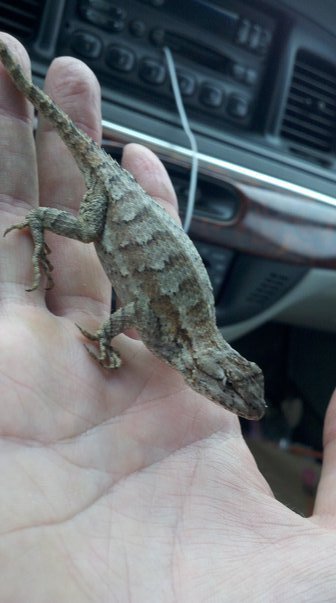 Texas Spiny lizard?
QuestionTexas Spiny Lizard?
QUESTION: My son fou
Texas Spiny lizard?
QuestionTexas Spiny Lizard?
QUESTION: My son fou
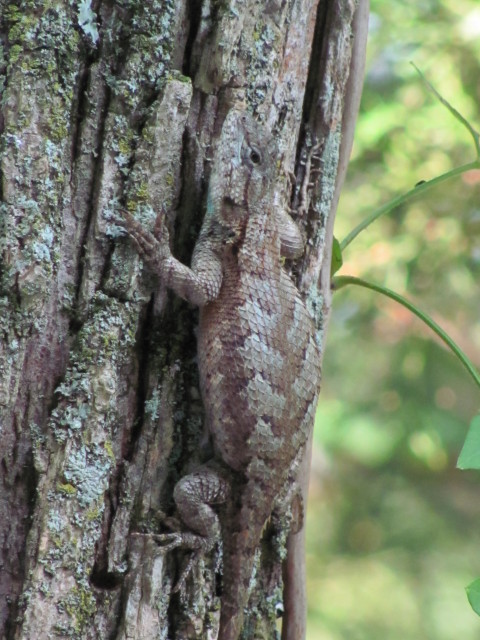 odd lizard on my Alabama tree
Question
what is it ?
I live in Alabama and have never
odd lizard on my Alabama tree
Question
what is it ?
I live in Alabama and have never
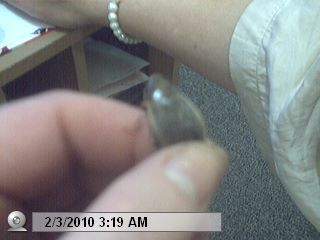 little lady
QuestionQUESTION: hi,i tried to send you a follow up on
little lady
QuestionQUESTION: hi,i tried to send you a follow up on
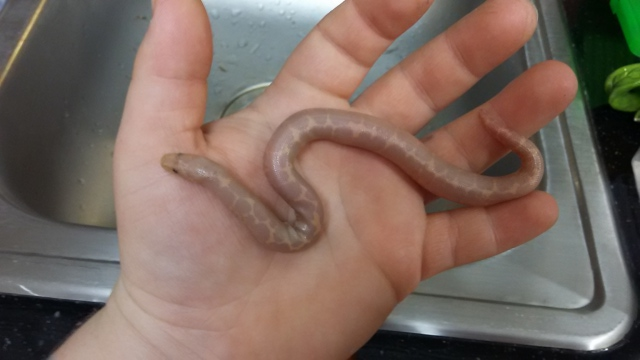 Kenyan sand boa breeding/babies
Question
The baby The mother
I have a 6 ye
Kenyan sand boa breeding/babies
Question
The baby The mother
I have a 6 ye
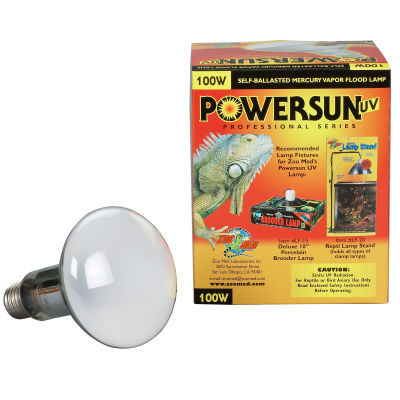 thank you w/ 1 important question
QuestionQUESTION: Hi Pam, my name is Jared and I am fro
thank you w/ 1 important question
QuestionQUESTION: Hi Pam, my name is Jared and I am fro